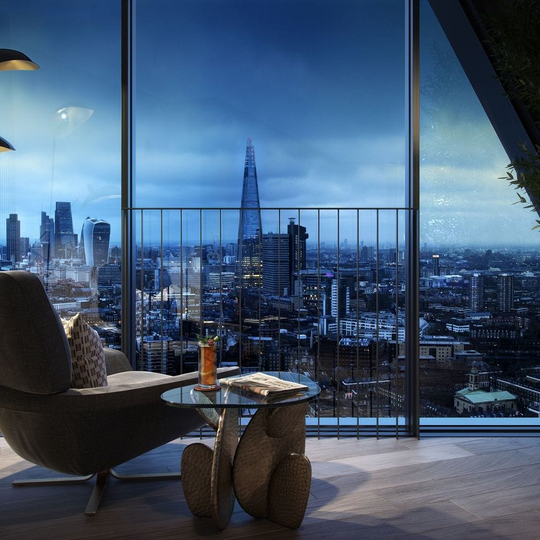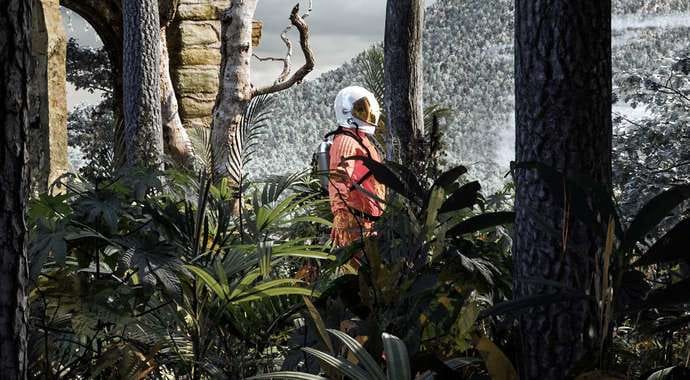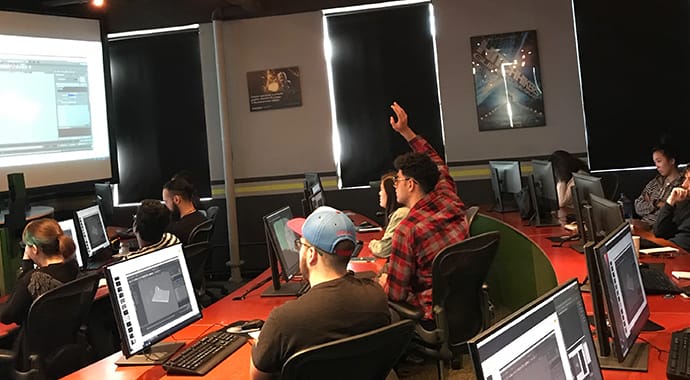Rendering engines can look scary — but they’re really not. Chaos expert Ricardo Eloy explains how V-Ray takes the complexity out of your first photoreal render.
Being a CG artist means you do a lot of different things every day. Modeling, texturing, lighting, scene assembling, and rendering. The latter is my personal favorite, and V-Ray has made it even better for me. As I said in my previous article on choosing a render engine for arch viz, VFX, and design, “hitting the ‘render’ button is a magical moment when a single command starts a complicated process of calculations that will finally unveil your work.”
Of course, not everyone is so enthusiastic about it. Some may find it difficult, even daunting, perhaps. And I honestly can see why. Opening the render setup window for the first time brings quite a lot of information to your screen, lots of parameters, and numbers. That can be scary, right?
Well, what if I told you that it’s actually not that hard? In fact, rendering with V-Ray has never been easier.
But rendering is difficult… Isn’t it?
First, let’s get things straight: there’s a difference between being complex and being complete. Rendering can be a complex task with a lot going on for sure, but that doesn’t necessarily mean it’s difficult.
When you first open V-Ray, you can see there’s a lot going on. But that ultimately means V-Ray is a complete 3D rendering software that enables you to do pretty much whatever you want, not that it’s a difficult one. And since you do not want your rendering software to get in the way of your creativity, you do need a complete solution so you can deliver your best work.
Think of it as a car (or, in this case, a supercar): although there are a lot of things you can play with such as the suspension, airfoil angle, and sports mode, you can simply get in and drive fast. Of course, if you are a professional driver, you’ll want to dive into the deeper settings. But still, you can simply drive and enjoy the ride, fiddling with the settings only when you want (or need) to.
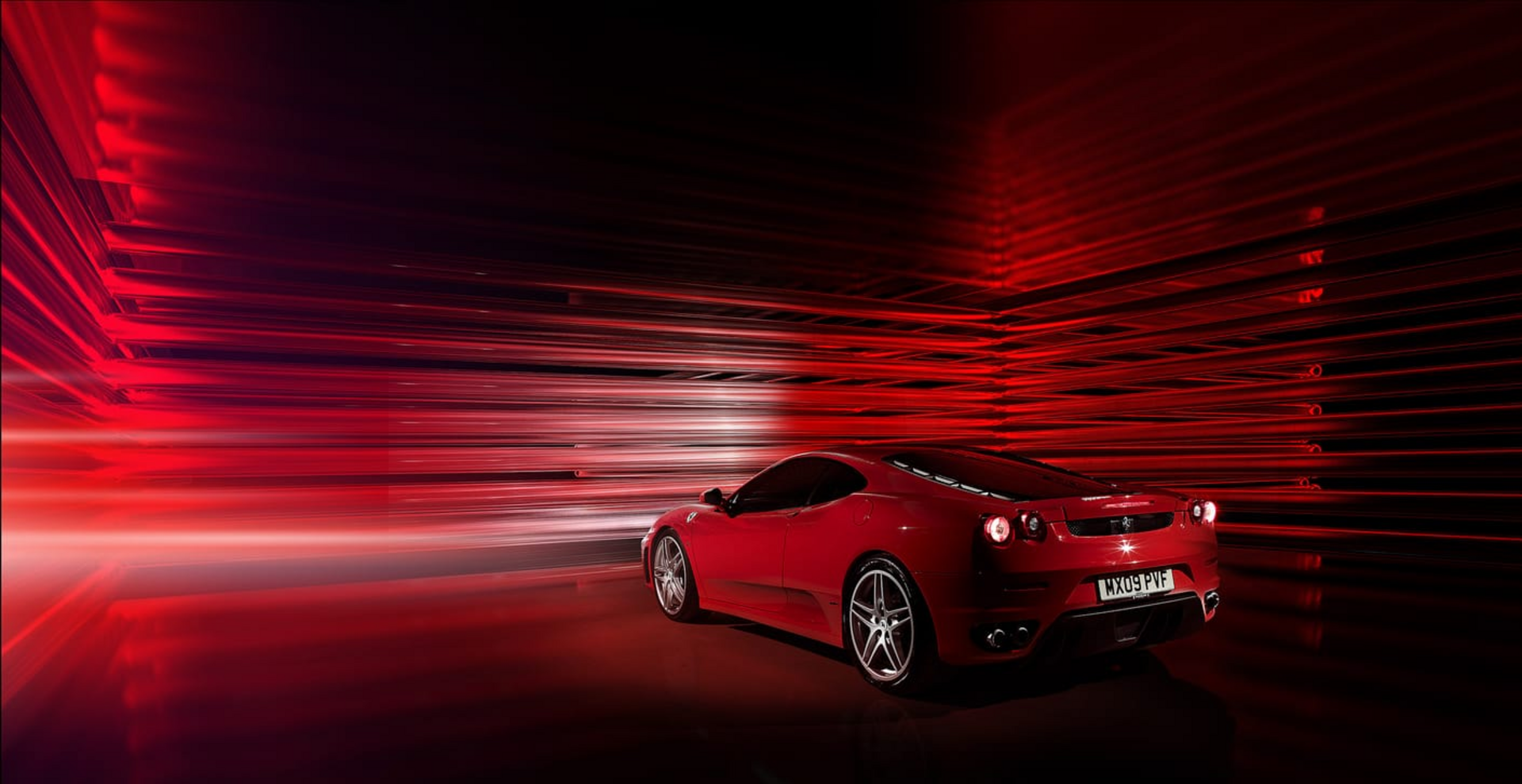
V-Ray is a production-proven renderer — and it shows.
V-Ray has been around for two decades now. Top studios in the world use it every day to deliver world-class visuals in movies, television, and architectural visualization. All that has given Chaos ways of making V-Ray as straightforward as possible without sacrificing neither power nor flexibility.
What you see when you open V-Ray is the result of all that knowledge, which means it’s robust software, capable of delivering high-end visuals while still being artist-friendly.
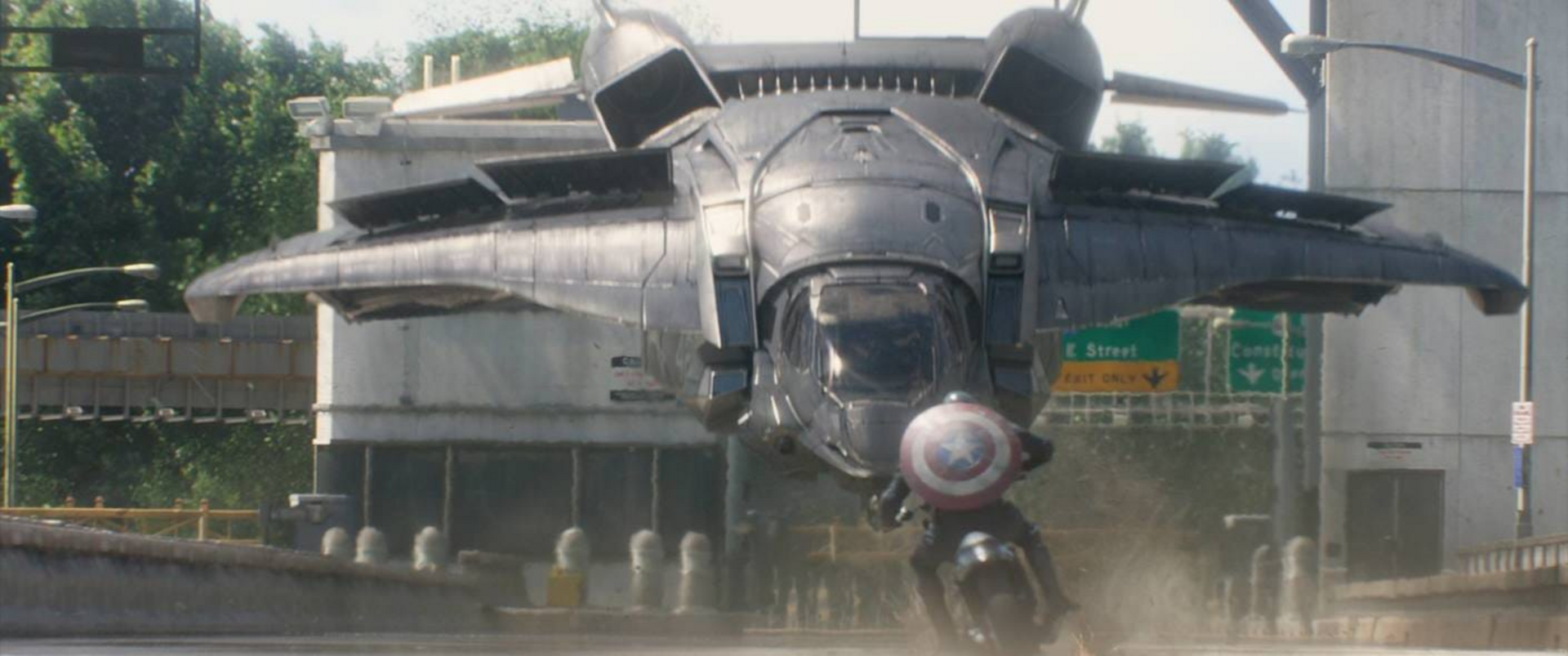
Hit the ground running.
Let’s assume you have never used V-Ray before. How do you start? Honestly, you can just hit “render”.
V-Ray’s default settings are the result of careful development and user feedback. That means you can basically not worry about any settings and still render a great-looking image very fast. It can’t get any easier than that. Focus on the artistic part of the job, relax and enjoy what V-Ray’s Emmy® and Academy Award®-winning raytracing technology can do for you.

Of course, you can always access the extended/expert parameters and tweak pretty much every single aspect of your rendering from head to toe if you want to. From the overall quality of your render to its speed, you can control everything. V-Ray’s parameters do exactly what you need and expect them to do, with no guesswork.
V-Ray… everywhere!
V-Ray is available for all major platforms, so you don’t have to leave your favorite modeling software to start rendering. V-Ray integrates seamlessly with 3ds Max, Maya, Revit, SketchUp, Rhino, and many more DCCs, so it never gets in the way. Being part of your everyday software makes it even easier to learn and use because it understands and adapts to the workflow of each software, so you can work faster and better without barriers.
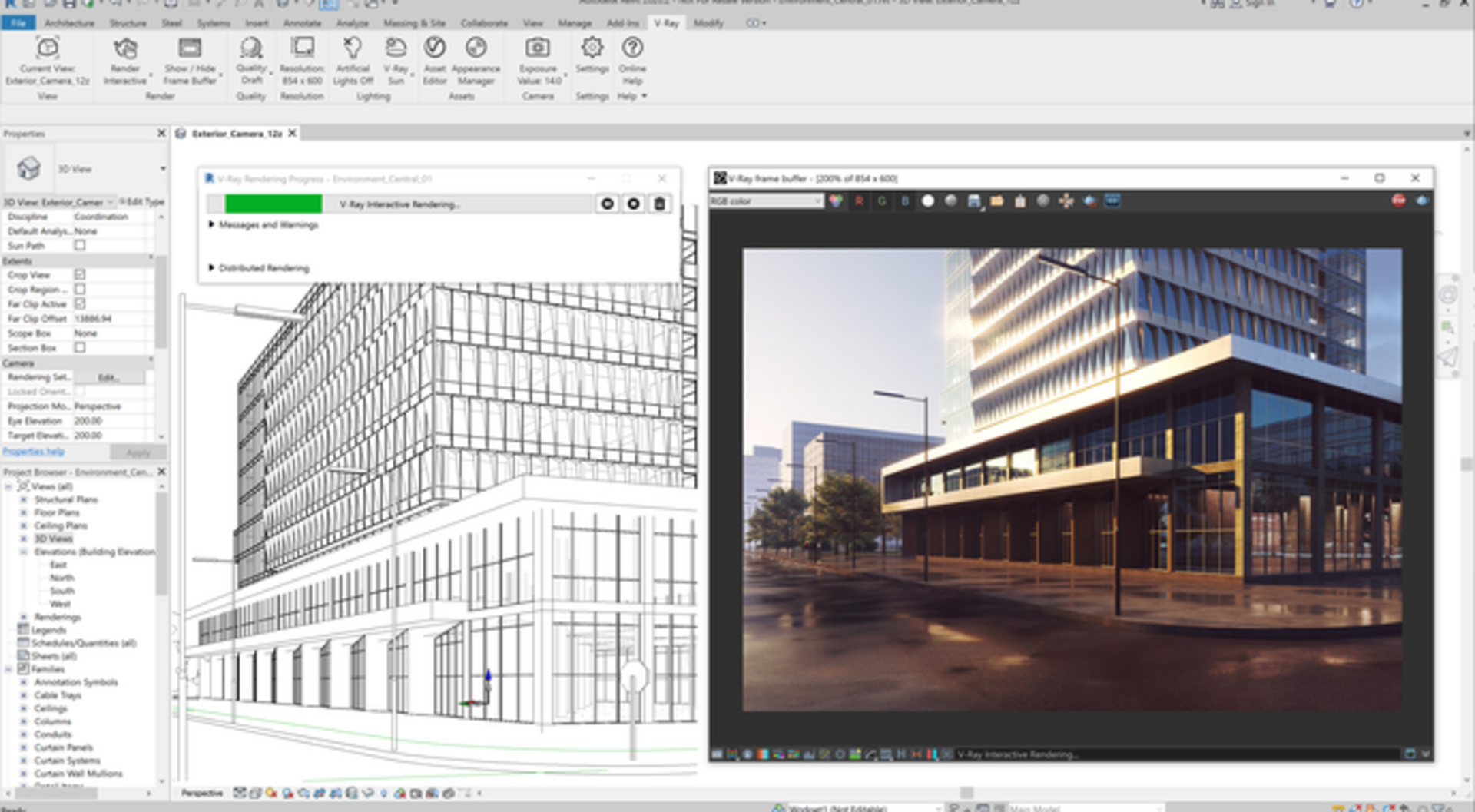
This broad availability comes with a perk: you can move your content freely between applications and share your content with ease! Starting your design in SketchUp and taking it to 3ds Max, for example, is easy and reliable, so you can work any way you want. Also, Chaos Cosmos smart content can be used on multiple platforms so there are no interruptions to your workflow.
Real-time makes everything easier.
Having to wait for a rendering to finish in the middle of the design process and finally unveil your work can be a pain. Not being able to decide whether your design should change or not because it takes too long to render is a total deal-breaker and can make things more difficult.
That’s not the case anymore because V-Ray features real-time rendering. Seeing your designs in real-time makes everything easier (and faster!) because you can actually see what’s going on and make changes on the fly. You can use V-Ray’s IPR, V-Ray Vision (available for V-Ray for SketchUp, V-Ray for Rhino, and V-Ray for Revit), or even Chaos Vantage, to see and iterate your designs instantly, taking everything to the next level.
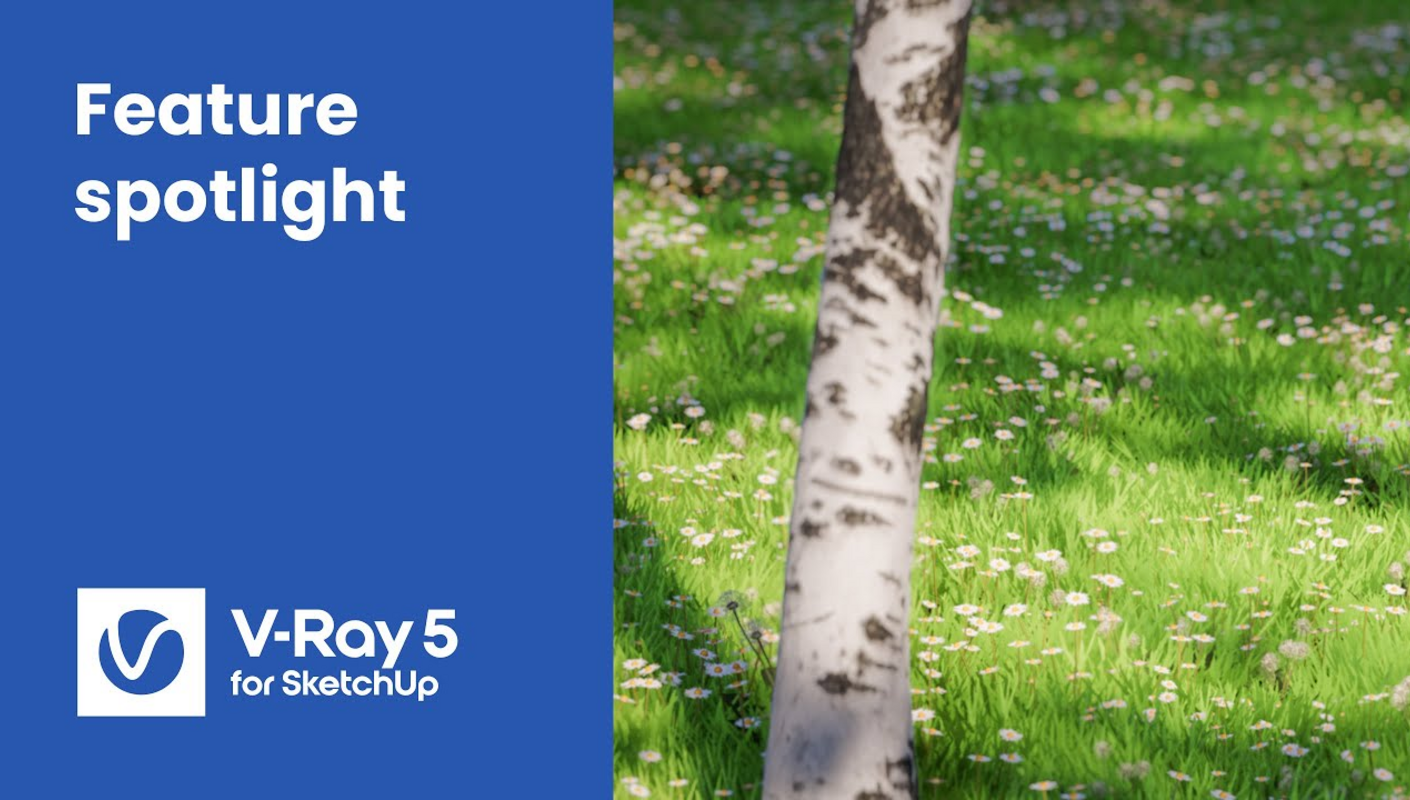

Let’s get physical.
Another thing that makes V-Ray super easy to work with is how accurate it is. Materials feature physically accurate reflections, refractions, and translucency. Lights behave exactly like real-world lights, and so do the cameras.
Not only does this mean your images will look physically correct (i.e. photoreal), but you can also tell in advance how things will look before even rendering them literally because everything behaves as you’d expect it to in the real world. And the new material presets help you get the results you need right off the bat so you don’t need to guess how a specific material should look. That’s a real shortcut to perfection!
Being able to work as a virtual photographer makes everything not only easier but also a lot of fun. Features like auto-exposure and auto-white-balance turn your virtual camera into a point-and-shoot camera, so it’s as easy as snapping a photo with your phone.

A universe of content.
Chaos Cosmos is also part of what makes working with V-Ray a breeze. Over 1,500 high-quality assets, from 3D models to materials and HDRs are available for free right from the Cosmos Browser, which means you can stage your scenes in no time with one click.
New content is constantly being added at no extra cost so you can rely on Cosmos to make your scenes even better without having to worry about how good things will look (spoiler: they’ll look incredible).


Conclusion.
Rendering can be difficult. Sure. But V-Ray makes it as easy and painless as possible, giving you everything you need to make your designs, animations, and VFX the best they can be without getting in the way. And, if you want to dive deeper into it, V-Ray gives you access to everything you need.
Now, why not take it for a spin yourself? You can download a 30-day free trial right now and see why V-Ray is used by thousands of architectural visualization artists and VFX studios all around the world every day.
Easy-peasy.


